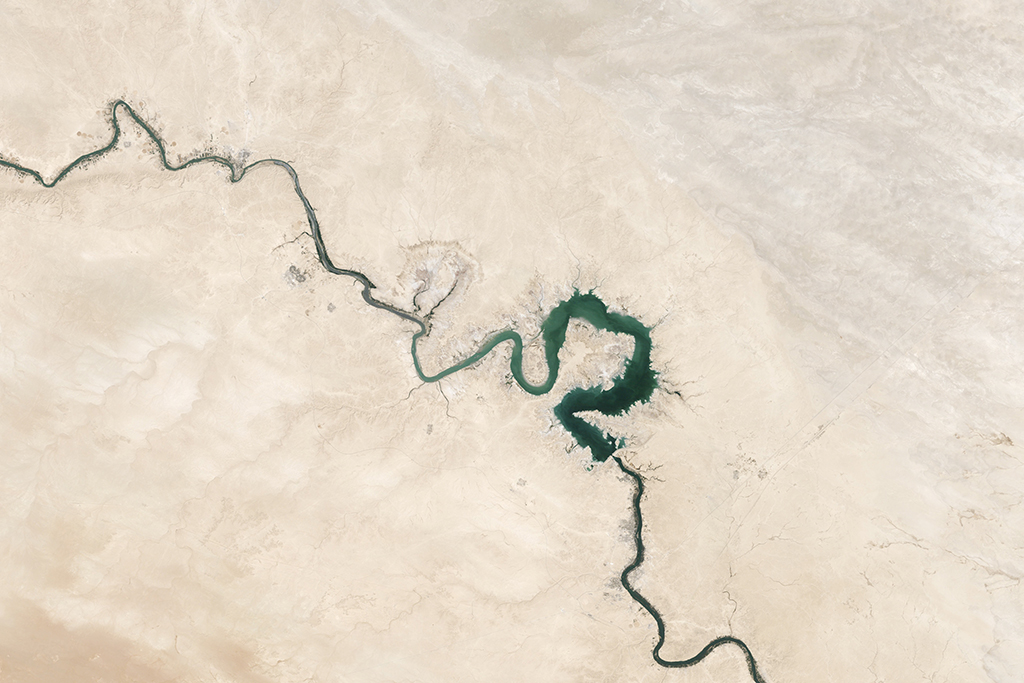The ephemerality of the performing arts . . . leave only traces
Robin Nelson1

Image credit: NASA
In the previous chapter I proposed that the way artists describe the lived experience of creativity suggested that they were accessing experience differently. I identified this as an under-developed corporeal thematic that was worthy of further investigation if we are to gain a more precise understanding of artistic creativity. I suggested that one way to progress this research trajectory was to place the lived experience of artistic creativity at the centre of the inquiry by consciously accessing experience differently whilst enacting an artistic project. In this chapter, I propose that Performance Research is an appropriate methodology for this project because Performance Research has a history of placing body-centred activity at the centre of an inquiry.
In Section 2.1 of this chapter, I discuss how it is difficult to define Performance Research because, as Kershaw (2009) says, the singularities of practice in the creative arts domain resist any definitive methodological approach. In spite of this, I cite Brad Haseman’s (2006) call for a new performative paradigm and lend cautious support to this idea. I suggest that from the multifarious methods and processes of creative arts research, it is possible to identify a set of general principles for research in this domain. Further, I posit that collectively these methodologically individual research projects might indeed have the power to answer Haseman’s call and, in the future, establish a new performative paradigm within the academy.
In the Section 2.2 of this chapter, I identify a lineage of body-centred research that takes an intelligent approach to performing bodies. I explain how lived experience is foregrounded in Performance Research by focussing attention on visceral phenomena whilst engaged in performance activity. I identify a theatre Performance Research trajectory that existed before creative arts research entered the academy and discuss how this frames the artistic context within which my investigations have taken place. I introduce Josephine Machon’s (2009) work as a key text for analysing and defining the style of performance I use in this project.
In Section 2.3 of this chapter, I discuss how the enactment of this project has forged a performative relationship between philosophy and performance and as such makes a contribution to the emerging field of Performance Philosophy. I claim that the limitations of expressing ineffable ideas through the written word alone have created the need for a new performative mode of philosophical expression.
In Section 2.4 of this chapter, I explain that accessing experience differently for artistic purposes is a process of live knowing that happens in real-time. I claim that live, artistic performance events can create ambiguous, disruptive, playful and creative states that can reveal the fundamental structures of artistic creativity. This claim is based on my experience of developing a live performance event that was held in April 2016. Through processes of action and reflection I found that some of the philosophical concepts that were guiding my practice needed further refinement.
In Section 2.5 of this chapter, I synthesise Bergson’s and Merleau-Ponty’s respective fundamental concepts of life and wild Being to isolate a new phenomenon that I claim is the basis of creativity. I term this phenomenon wild life and, in this thesis, explore ways to access, activate and enact it through performance practice. I define wild life as a multi-sensory, dynamic that is ontologically primal, wild, libidinal, generative, and most importantly creative. Based on my research, I propose that wild life manifests as a corporeal intelligence that is a constant structural feature of lived experience, and that it can be accessed at any time, if we so choose, to catalyse and sustain artistic creativity. I close this chapter by claiming that the relationship between lived experience and artistic creativity is performative and intertwined and that fundamental structures operate in service of artistic creativity.
______________
1 Practice as research in the arts, 2013, p. 6
